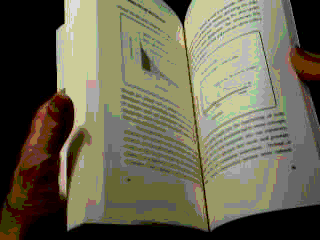
Chapter Seven
Claims and Risk
Many of our forays into claims' territory were inspired
by the needs of the underwriting tribe. The local members of
the tribe were the company's best experts, which made them
the logical destination for major underwriting projects, as well
as for their branch brethren's requests for assistance. As a
result, some of the most exotic casualty risks imaginable would
cross their desks and they would frequently, eventually, come
to us to help quantify these risks; for the local underwriting
chiefs were beginning to realize that we had the skills and
interest to work with them and make their brain-bogglers more
bearable.
These puzzles were so intriguing because there weren't
any ready made samples of data to tap. This made it
imperative that we learn to value our underwriter's intuitive
functioning and make our techniques practical, to meet their
need for responses that were as quick as they were painfree.
Although we studied the distributions which we acquired from
the claims tribe for the appropriate general class of risks, it
was our task to elicit from the underwriter his feel for the
individual risk. By carefully selecting points along the range
of possible losses, we'd extract the changes in curvature that
would describe the shape of the risk in graphical terms, from which
we could then compute the expected loss that was
implicit in his feelings.
The most curious discovery about the distributions of
claims by size was their absence of normalcy. Even in the
general class distributions, the bulk of the claims were so
skewed toward the low end that when we graphed them for
analysis, the image that emerged looked more like a ski slope
than anything that could be thought of as a bell, however
lopsided.

But it would be misleading to overemphasize this end
of the graph because, for casualty and personal liability risks,
it was the tail that wagged the dog. For these general
categories, and usually more so for the exotic ones described by
the chiefs, the extreme catastrophes that haunted the high end
of the scale of risk were so large that they overbalanced
the seemingly minuscule probabilities of their occurrence. This
surprising instability made the accurate measurement of the
high-end tails of these strange shapes a critical stage of our
task....



...
The option of selecting higher deductibles was
appealing to clients and their agents in certain situations.
Although this put more responsibility on clients to cover
part of the risk themselves, many larger commercial risks were
quite capable of being more self-insuring. For the smaller,
independent business operators these arrangements enabled
them to afford coverage for the larger risks that would have
bankrupted them. Using an appropriate distribution, custom or
general, depending on the coverage being sought, our task was to
estimate the size of the distribution´s segment at the low-end.

Though the concept was to measure the area under the
distribution curve, the technique itself was more an application
of common sense and approximation theory than calculus,
because...








